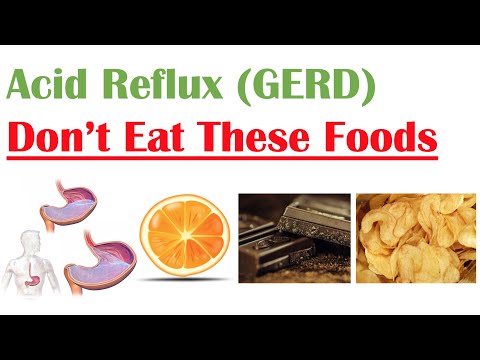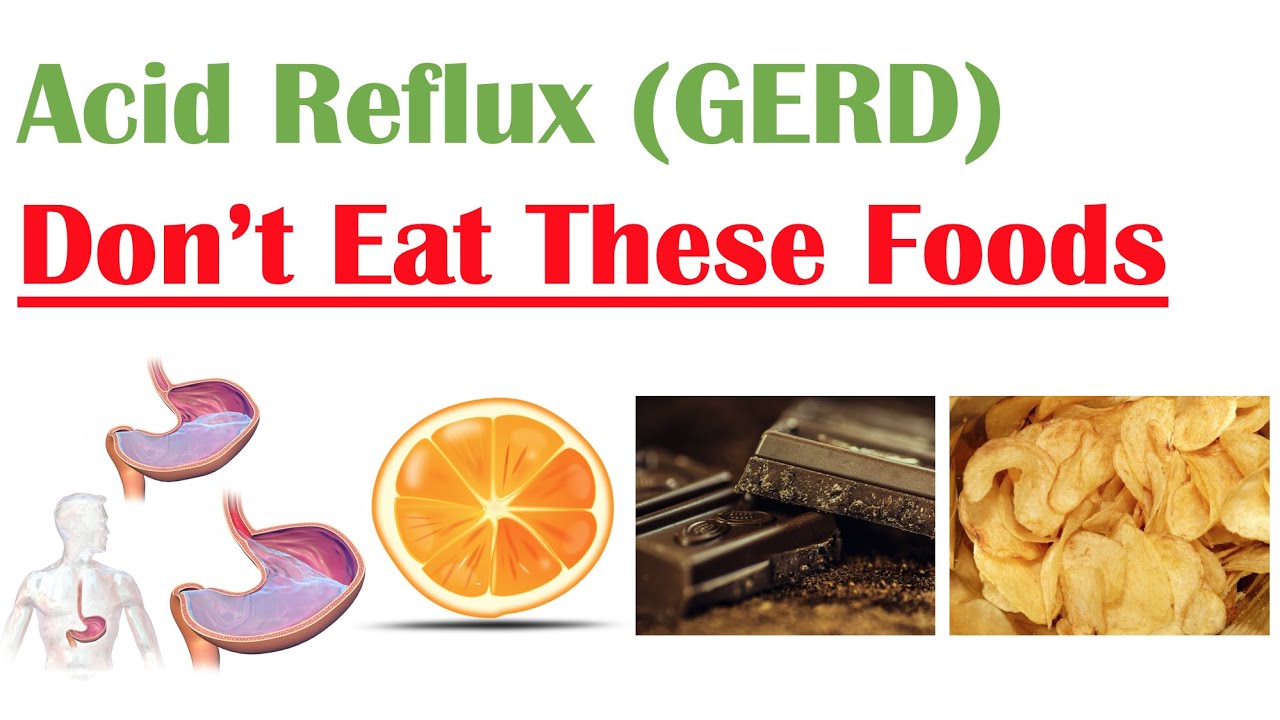Want relief from acid reflux? Tired of the burning sensation and discomfort? Look no further! Discover the ultimate guide to finding the perfect foods that can alleviate your symptoms. From soothing oatmeal to deliciously ripe bananas, this comprehensive list will revolutionize your meals and provide much-needed relief. But that’s not all! We’ve also included surprising culinary twists that will leave your taste buds begging for more. Explore the wonders of ginger-infused tea, a natural remedy renowned for its soothing properties. Or, why not indulge in a succulent piece of grilled salmon? Packed with omega-3 fatty acids, it not only satisfies your cravings but also aids in reducing inflammation. Say goodbye to the restrictions and embrace a world of flavorful possibilities. With our expert tips, you’ll no longer have to sacrifice taste for comfort. Whether you’re a foodie or simply seeking relief, this tantalizing selection of delicious options will help you bid farewell to acid reflux once and for all. Say hello to a world of mouthwatering dishes that won’t leave you reaching for the antacids. So, are you ready to embark on a journey of gastric bliss?

What to Eat for Acid Reflux Relief
| Food Category | Recommended Choices | Interesting Information |
|---|---|---|
| Fruits | Bananas, melons, apples | These fruits are low in acid and high in fiber, which can help soothe the digestive system and alleviate acid reflux symptoms. |
| Vegetables | Leafy greens, broccoli, cauliflower | These vegetables are non-acidic and packed with essential nutrients, aiding in the reduction of acid reflux symptoms while promoting overall digestive health. |
| Lean Proteins | Chicken breast, fish, tofu | Choosing lean sources of protein can help minimize the risk of triggering acid reflux. These options are low in fat and easier to digest. |
| Whole Grains | Oatmeal, brown rice, quinoa | Whole grains are rich in fiber, which aids digestion and helps prevent acid reflux. They also provide a long-lasting feeling of fullness, reducing the chances of overeating. |
| Healthy Fats | Avocado, olive oil, nuts | These sources of healthy fats can help reduce inflammation in the digestive system and provide satiety without triggering acid reflux symptoms. |
| Beverages | Water, herbal tea, almond milk | Staying hydrated with water, soothing the stomach with herbal tea, or opting for non-acidic alternatives like almond milk can help alleviate acid reflux symptoms. |
“Combatting Acid Reflux: Unveiling the Culprits behind GERD Symptoms”
What to Eat for Acid Reflux Relief
Acid reflux, also known as gastroesophageal reflux disease (GERD), is a condition that causes a burning sensation in the chest. It occurs when stomach acid flows back into the esophagus, irritating the lining and causing discomfort. While medication can help relieve symptoms, making certain dietary changes can also be beneficial. In this article, we will discuss five compelling main headings to guide you on what to eat for acid reflux relief.
1. Incorporate High-Fiber Foods
Fiber-rich foods can help regulate digestion and reduce the risk of acid reflux. Whole grains, such as brown rice, oats, and whole wheat bread, are excellent sources of dietary fiber. Additionally, fruits like apples, bananas, and berries, as well as vegetables like broccoli, carrots, and spinach, are packed with fiber and can aid in digestion. Including these high-fiber foods in your diet can help prevent acid reflux and promote overall gut health.
2. Emphasize Lean Proteins
Choosing lean proteins can be beneficial for acid reflux sufferers. Skinless chicken, turkey, fish, and tofu are great options that provide necessary protein without adding excessive fat to your diet. These protein sources are easier to digest and put less strain on the digestive system, reducing the likelihood of acid reflux symptoms. Avoid fried or fatty meats, as they can trigger reflux and discomfort.
3. Opt for Low-Acid Fruits and Vegetables
While fruits and vegetables are generally considered healthy, some varieties may trigger acid reflux due to their high acidity. It is important to choose low-acid options to help alleviate symptoms. Examples of low-acid fruits include melons, bananas, and pears, while low-acid vegetables include broccoli, leafy greens, and cucumbers. These options provide essential vitamins and minerals without exacerbating acid reflux.
4. Avoid Trigger Foods
Certain foods are known to trigger or worsen acid reflux symptoms. These include chocolate, caffeine, citrus fruits, tomatoes, spicy foods, and fatty or fried foods. It is advisable to limit or avoid these trigger foods if you suffer from acid reflux. Instead, opt for alternatives such as herbal teas, non-citrus fruits, and non-acidic vegetables to minimize discomfort and promote better digestive health.
5. Practice Portion Control and Mindful Eating
Eating smaller, more frequent meals can help prevent acid reflux by reducing pressure on the stomach. Overeating can cause the stomach to stretch, which can increase the likelihood of acid reflux symptoms. Additionally, practicing mindful eating, which involves slowing down, chewing thoroughly, and savoring each bite, can aid digestion and prevent excessive acid production. By being mindful of the portion sizes and pace of your meals, you can effectively manage acid reflux and enjoy your food without discomfort.
In conclusion, making dietary changes can significantly alleviate acid reflux symptoms. Incorporating high-fiber foods, emphasizing lean proteins, opting for low-acid fruits and vegetables, avoiding trigger foods, and practicing portion control and mindful eating are all effective strategies to manage acid reflux. As with any health condition, it is advisable to consult with a healthcare professional or a registered dietitian to develop an individualized diet plan that suits your needs and preferences. By incorporating these dietary modifications into your routine, you can experience relief from acid reflux and improve your overall digestive health.
What to Eat for Acid Reflux Relief
Frequently Asked Questions
What are some foods that can help relieve acid reflux?
- Ginger: Ginger has anti-inflammatory properties that can help reduce acid reflux symptoms. You can consume ginger in the form of ginger tea or add it to your meals.
- Oatmeal: Oatmeal is a great source of fiber and can help absorb excess stomach acid. Opt for plain oatmeal without any added sugars or flavors.
- Non-citrus fruits: Non-citrus fruits like bananas, melons, and apples are less likely to trigger acid reflux. They are also high in fiber, which can promote healthy digestion.
Are there any foods that should be avoided for acid reflux relief?
- Citrus fruits: Citrus fruits like oranges, lemons, and grapefruits are highly acidic and can worsen acid reflux symptoms.
- Spicy foods: Spicy foods can irritate the esophagus and lead to acid reflux. Avoid foods like chili peppers, hot sauces, and spicy curries.
- Fried and fatty foods: Fried and fatty foods can relax the lower esophageal sphincter, allowing stomach acid to flow back up. Avoid foods like french fries, fried chicken, and greasy burgers.

